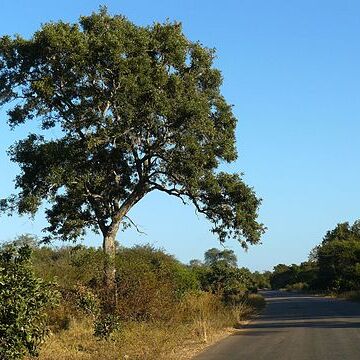Inflorescence a panicle, terminal or borne precociously in the axils of fallen leaves or at the top of last season’s branches, the pedicels inserted separately; bracts and bracteoles caducous.
Leaves imparipinnate or unifoliolate; stipules caducous or persistent; leaflets opposite or subopposite; stipels present.
Trees or shrubs, elsewhere sometimes lianes, deciduous; slash usually producing a blood-red exudate.
Pod indehiscent, flat, the upper suture thin, thickened or slightly winged, 1–4(8)-seeded.
Ovary few-ovulate, shortly stipitate; style filiform, incurved, stigma terminal, small.
Stamens connate into a tube, the upper one free at the base; anthers versatile.
Seed compressed, oblong-reniform, with a small hilum; radicle inflexed.
Calyx campanulate, 5-dentate, dorsal teeth connate almost to the tip.
Flowers mauve or violet-purple.
Disk present.
